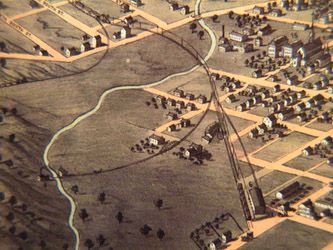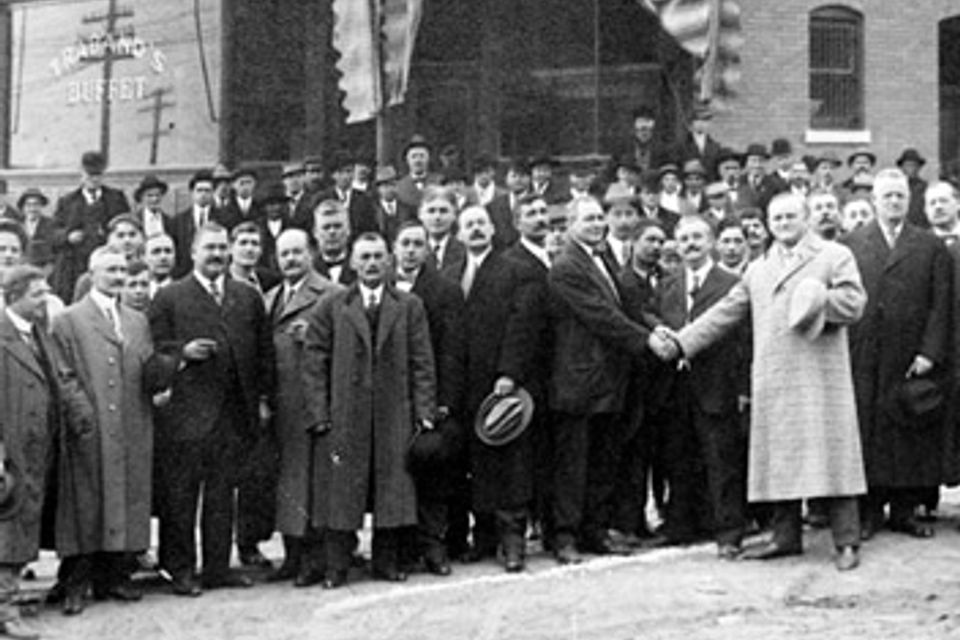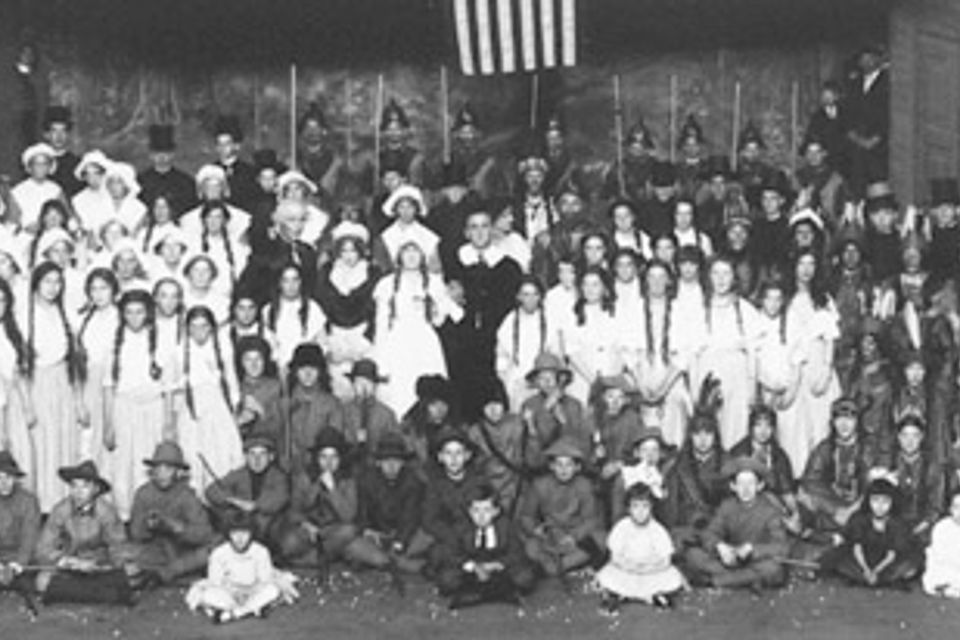
An immense deposit of bituminous coal was the impetus for railroads pushing across the state. St. Clair County alone held 400,000 acres of workable coal land. By 1874, some farmers had become coal mine operators, and 100 shaft mines were in operation in the vicinity of Belleville. One of the leaders of the area mining industry was William Brandenberger of West Belleville.
West Belleville, an independent community until it merged with Belleville in 1882, was a coal mining town. Belleville industrialists didn't import coal; many of them owned a coal mine. Kloess used his coal to make brick. Yoch used his coal to make nails. Gundlach used his coal to make grain drills. Other prominent names of Belleville's industrial movement include Goalby, Stolberg, Harding, Wilson, Reineke, Braun and Bornman. (See 1874 St. Clair County Atlas for further information)
West Belleville, an independent community until it merged with Belleville in 1882, was a coal mining town. Belleville industrialists didn't import coal; many of them owned a coal mine. Kloess used his coal to make brick. Yoch used his coal to make nails. Gundlach used his coal to make grain drills. Other prominent names of Belleville's industrial movement include Goalby, Stolberg, Harding, Wilson, Reineke, Braun and Bornman. (See 1874 St. Clair County Atlas for further information)



